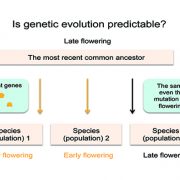
Is Genetic Evolution Predictable?
Research, The Plant Cell, The Plant Cell: In a NutshellYang et al. investigate the evolution of flowering time in the young species Capsella rubella. https://doi.org/10.1105/tpc.18.00124
Background: Flowering time is an important adaptive life-history trait in plants. Capsella rubella, a close relative of Arabidopsis thaliana and—in evolutionary time—a…
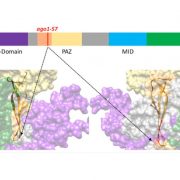
ARGONAUTE1: To Shed a Strand or Not?
Research, The Plant Cell, The Plant Cell: In a NutshellClavel et al. investigate recognition and binding of AGO1 by viral P0 protein https://doi.org/10.1105/tpc.18.00111.
By Marion Clavel
Background: In plants, small RNAs (sRNAs) are widely used to regulate gene expression of both host genes and foreign nucleic acid, like viruses. sRNAs function…

High Fiber Research: A Moss Arabinoglucan Synthase
Research, The Plant Cell, The Plant Cell: In a NutshellRoberts et al. investigate cell wall synthesis in Physcomitrella patens. The Plant Cell (2018). https://doi.org/10.1105/tpc.18.00082.
By Alison Roberts and Eric Roberts
Background: The health-promoting soluble fiber in whole grains is rich in mixed-linkage glucan (MLG), so called because it consists…

Essential Cell Cycle Pathways in Chlamydomonas
Research, The Plant Cell, The Plant Cell: In a NutshellBreker et al. provide a large collection of mutants in cell-cycle-essential pathways in the green alga Chlamydomonas reinhardtii https://doi.org/10.1105/tpc.18.00071.
By Michal Breker
Background: The cell division cycle is a set of tightly regulated and orchestrated events that lead to accurate…
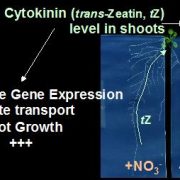
trans-Zeatin in Shoots Drives Nitrate Systemic Signaling
Research, The Plant Cell, The Plant Cell: In a NutshellPoitout et al. study how plants forage for nutrients in the soil https://doi.org/10.1105/tpc.18.00011.
By Arthur Poitout and Sandrine Ruffel
Background: Nitrate, NO3- (the preferential nitrogen [N] source for most of higher plants) is spread unevenly in the soil due to its high mobile property,…
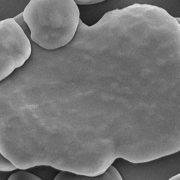
Understanding Starch Granule Initiation
Research, The Plant Cell, The Plant Cell: In a NutshellSeung et al. identify two plastidial coiled-coil proteins that play an important role in initiating starch granules in Arabidopsis chloroplasts https://doi.org/10.1105/tpc.18.00219
By David Seung, Tina B. Schreier, Léo Bürgy, Simona Eicke and Samuel C. Zeeman.
Background: Starch is the…

National Geographic features Plant Cell editor Zach Lippman, on gene editing
Blog, The Plant Cell, The Plant Cell: NewsPlant Cell Editor Zach Lippman and his work are featured in this National Geographic article, "Why Gene Editing Is the Next Food Revolution"
Tucked into a suburban Long Island neighborhood, a 12-acre plot may be growing the future.
Under a blistering July sun, Zachary Lippman bends over…
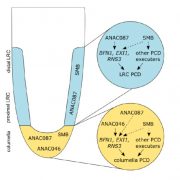
New insights in cell death in plants might generate new leads for weed control
Blog, The Plant Cell, The Plant Cell: NewsSource: SeedQuest
Some plants like the giant sequoia trees can grow into the “Largest Living Things on Earth”. Ironically, most of a tree’s biomass is actually not alive, but is formed by persistent cell corpses that are collectively called wood. Wood development is terminated by a tightly controlled…
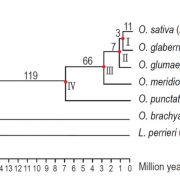
Escape from Centromere Land
Blog, The Plant Cell, The Plant Cell: In BriefAs plant biologists, we do love to consider the physiological adaptations plants have made to being sessile organisms—unlike animals, plants cannot move away from adverse environmental conditions such as high temperature, etc. We commonly consider such responses for organisms, but what about genes?…

